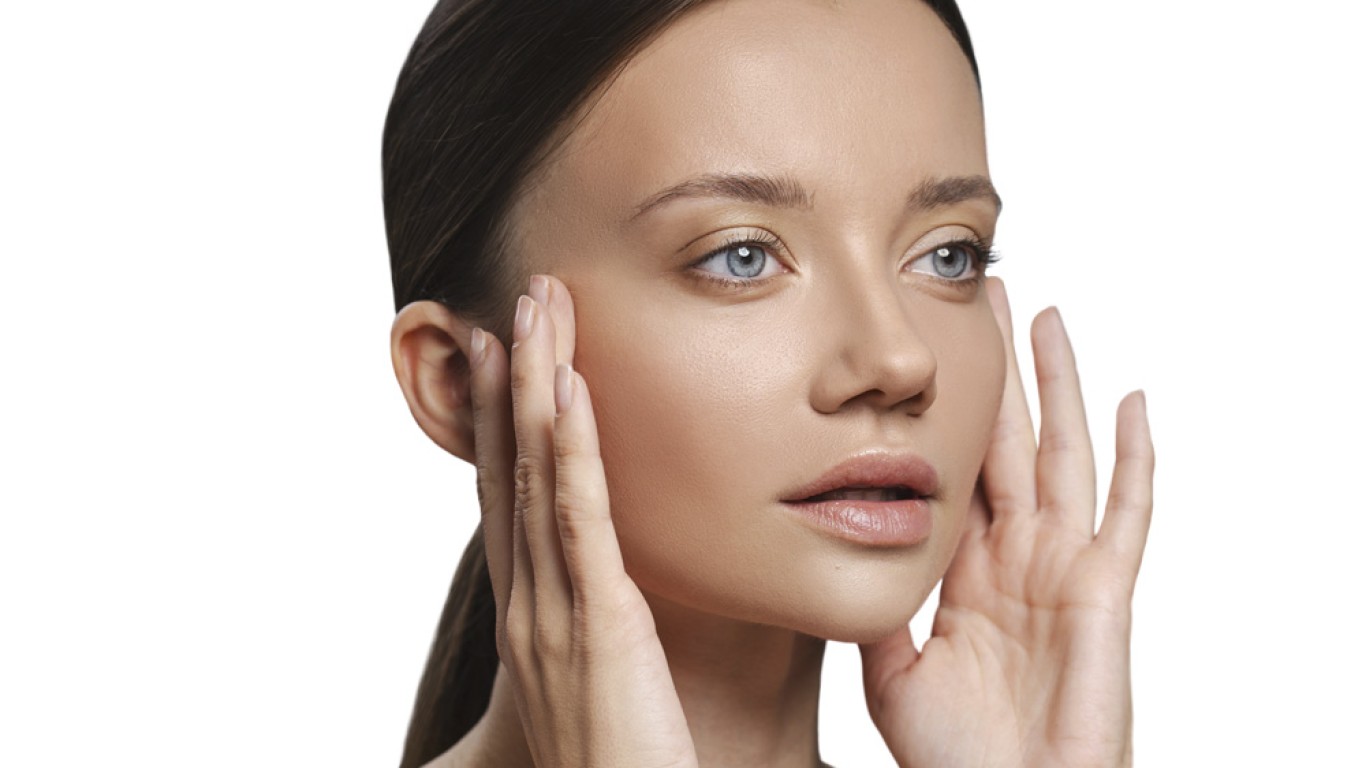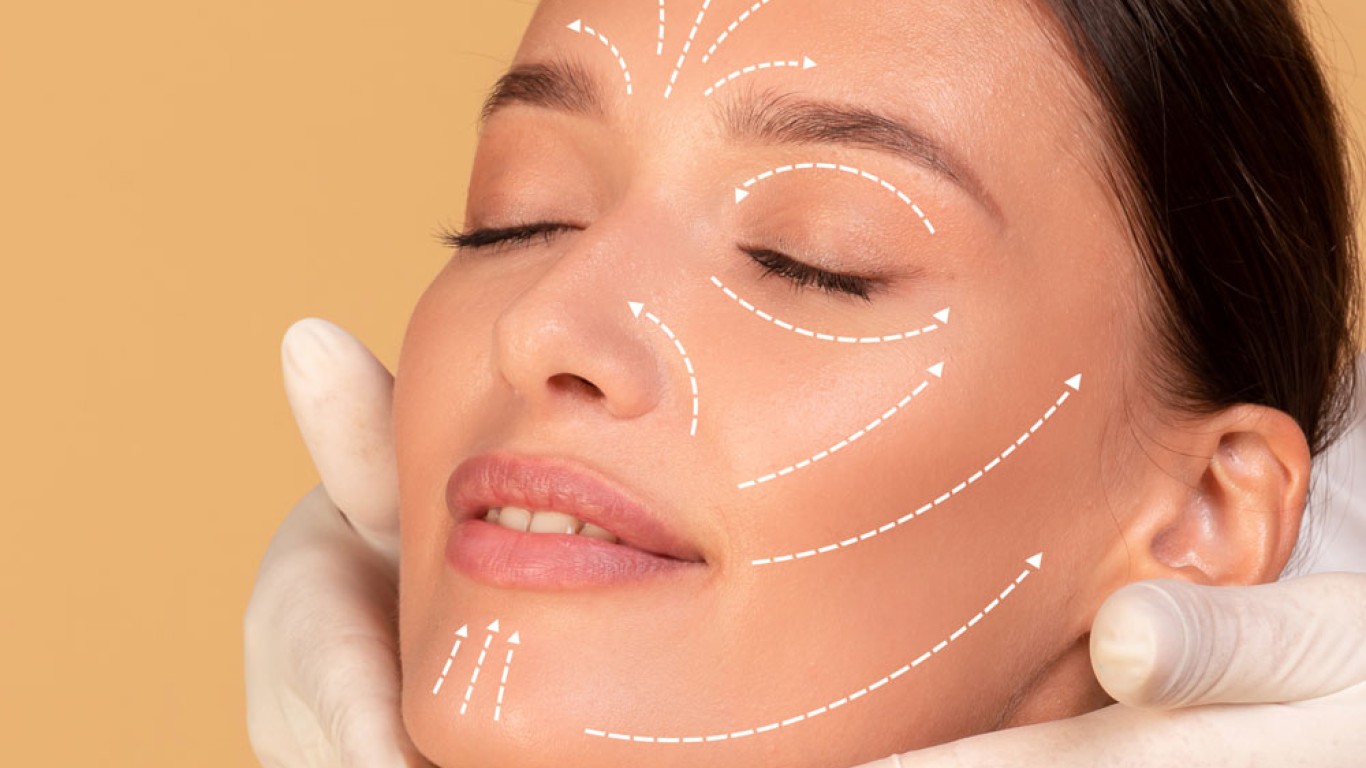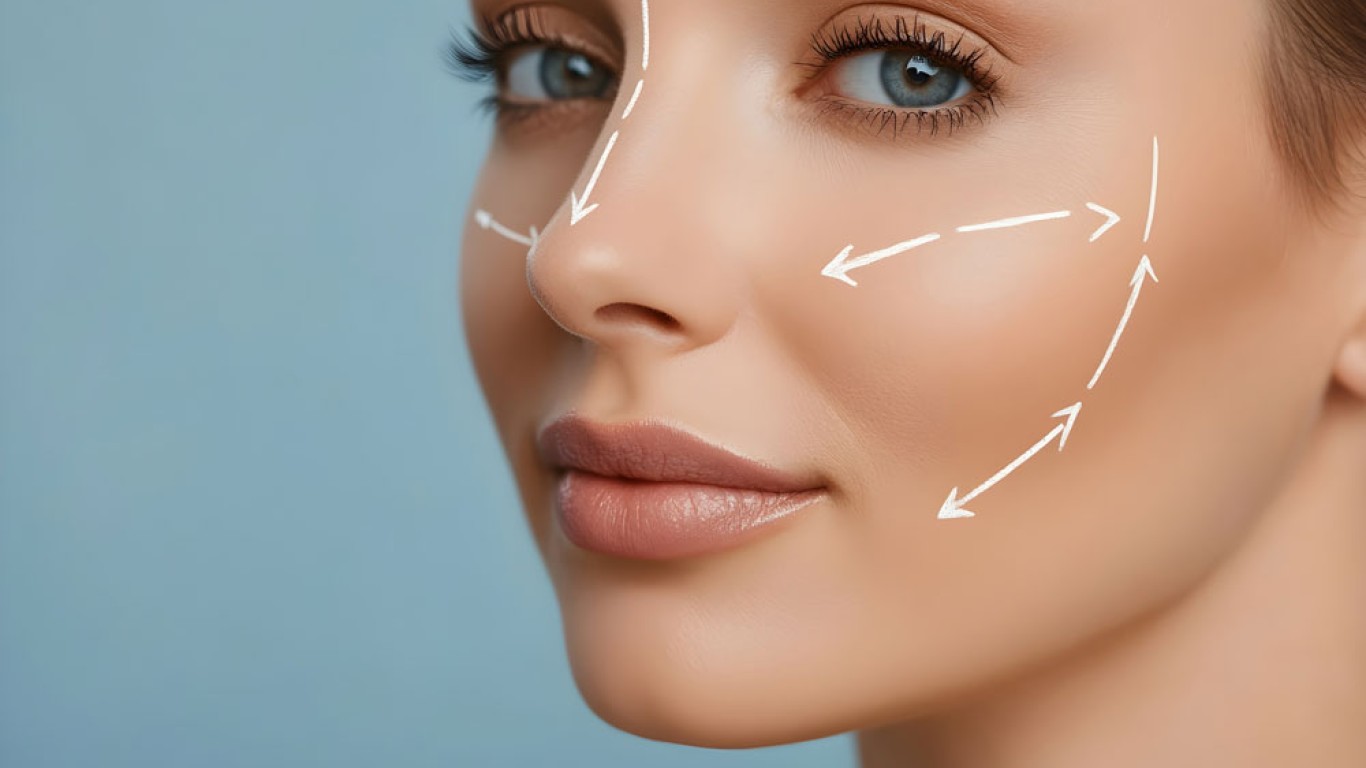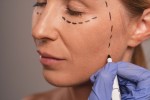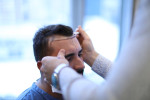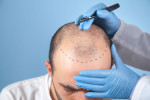Facial symmetry has long been associated with beauty and harmony. Nobody’s face is perfectly symmetrical. But, noticeable differences between the two sides can sometimes cause concern. For some, these variations are subtle, while for others, they are more visible. The condition is known as facial asymmetry. This article explains the main causes of facial asymmetry. Discover what the most effective treatments are for restoring balance.
Causes of Facial Asymmetry: Developmental Causes
One common cause of facial asymmetry is natural development. As the face grows, bones, muscles, and soft tissues don’t always develop evenly. Even small variations can create visible differences. In some cases, the asymmetry is noticeable in childhood and persists into adulthood. While harmless medically, these variations may affect self-esteem. Treatments such as orthodontics, fillers, or surgery are often chosen to bring balance.
Causes of Facial Asymmetry: Trauma and Injury
Trauma is another frequent cause of facial asymmetry. A broken nose, jaw fracture, or cheekbone injury can leave permanent differences if not corrected. Even when bones heal, they may do so unevenly, altering shape. Accidents, falls, or sports injuries are common triggers. Corrective surgery or implants are often used to restore symmetry after trauma. For many patients, treatment brings both physical and emotional healing.
Causes of Facial Asymmetry: Ageing
As we age, asymmetry on your face often becomes more noticeable. Skin loses elasticity, muscles weaken, and fat pads shift downward. These changes rarely happen in perfect unison on both sides. Gravity may affect one side more, or sleeping habits may cause uneven compression. The result is a gradual increase in facial asymmetry. Treatments like facelifts, thread lifts, or fat transfer help restore youthful balance.
Causes of Facial Asymmetry: Dental and Jaw Alignment
Jaw misalignment is a major contributor to facial asymmetry. Conditions such as crossbites, underbites, or missing teeth can shift the way the jaw sits. This, in turn, changes how the face looks. Orthodontics, braces, and in some cases jaw surgery, can correct these imbalances. Addressing dental alignment not only restores symmetry, but improves chewing, speaking and overall oral health.
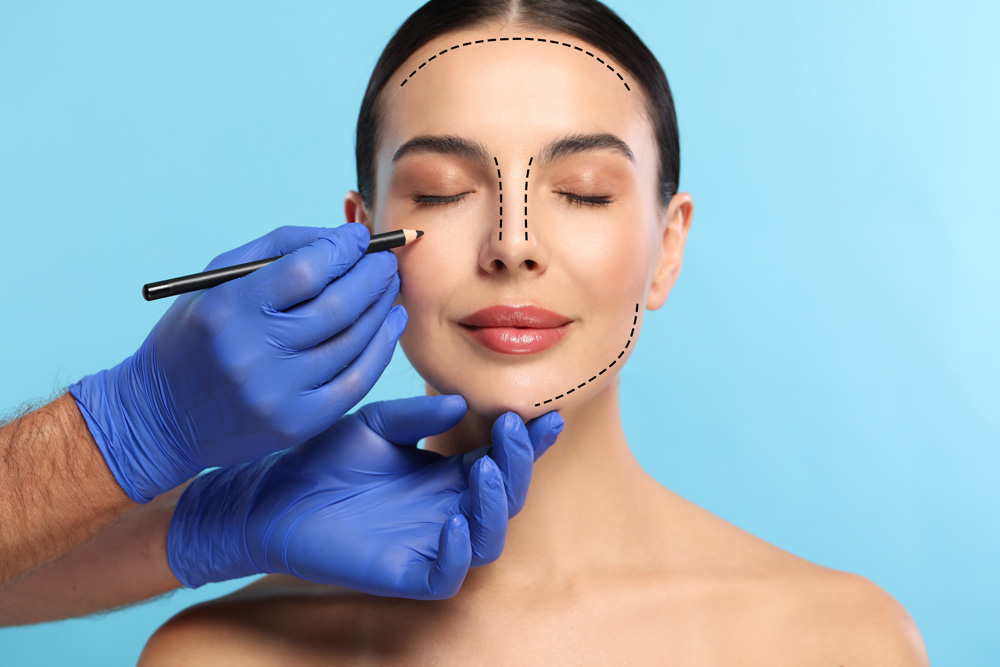
Causes of Facial Asymmetry: Neuromuscular Conditions
Facial asymmetry may also result from neuromuscular conditions. For example, facial palsy can weaken one side of the face, creating uneven expression. Stroke or nerve damage can produce similar effects. Treatments in these cases focus on restoring muscle tone and balance. Options include physiotherapy, botulinum toxin injections, or surgical interventions. Although results vary, many patients regain significant symmetry and function.
Causes of Facial Asymmetry: Lifestyle and Habits
Everyday habits can influence symmetry more than we realise. Consistently chewing on one side, resting the face on a hand, or always sleeping on the same side may contribute. Over years, these small behaviours add up. While they rarely cause severe asymmetry, they can accentuate natural differences. Awareness and habit changes can prevent progression. In some cases, fillers or minor procedures balance the results.
Non-Surgical Treatments
Non-surgical options are often the first choice for patients seeking correction. Dermal fillers can add volume to areas that appear smaller or less defined. Thread lifts provide a subtle repositioning of tissue. Botox can relax muscles that pull unevenly. These treatments are quick, require little downtime, and deliver immediate improvement. However, results are temporary and may need repeat sessions.
Surgical Treatments
Surgery provides more permanent solutions for facial asymmetry. Rhinoplasty can correct uneven noses, while orthognathic surgery addresses jaw imbalances. Cheek or chin implants may also restore balance by enhancing underdeveloped areas. Facelifts or brow lifts reposition tissues for better alignment. While surgery requires recovery, the results are long-lasting. For many patients, surgery offers the most transformative outcome.
Conclusion
Facial asymmetry is natural, but noticeable differences can affect self-esteem and comfort. Causes range from genetics and ageing to injury and lifestyle habits. Thankfully, modern treatments - both surgical and non-surgical - provide effective ways to restore harmony. Whether through fillers, orthodontics, or surgery, balance can be achieved.
For more information and to book a consultation visit the ACIBADEM Beauty Center Aesthetics webpage.
Frequently Asked Questions
Yes, almost everyone has some degree of asymmetry, though it varies in visibility.
Yes, fillers, Botox, and thread lifts offer non-surgical solutions.
Yes, ageing often increases asymmetry as tissues shift unevenly.
Fillers start at £300, while surgery can exceed £10,000 depending on complexity.
Usually no, though jaw misalignment may impact chewing and oral function.

